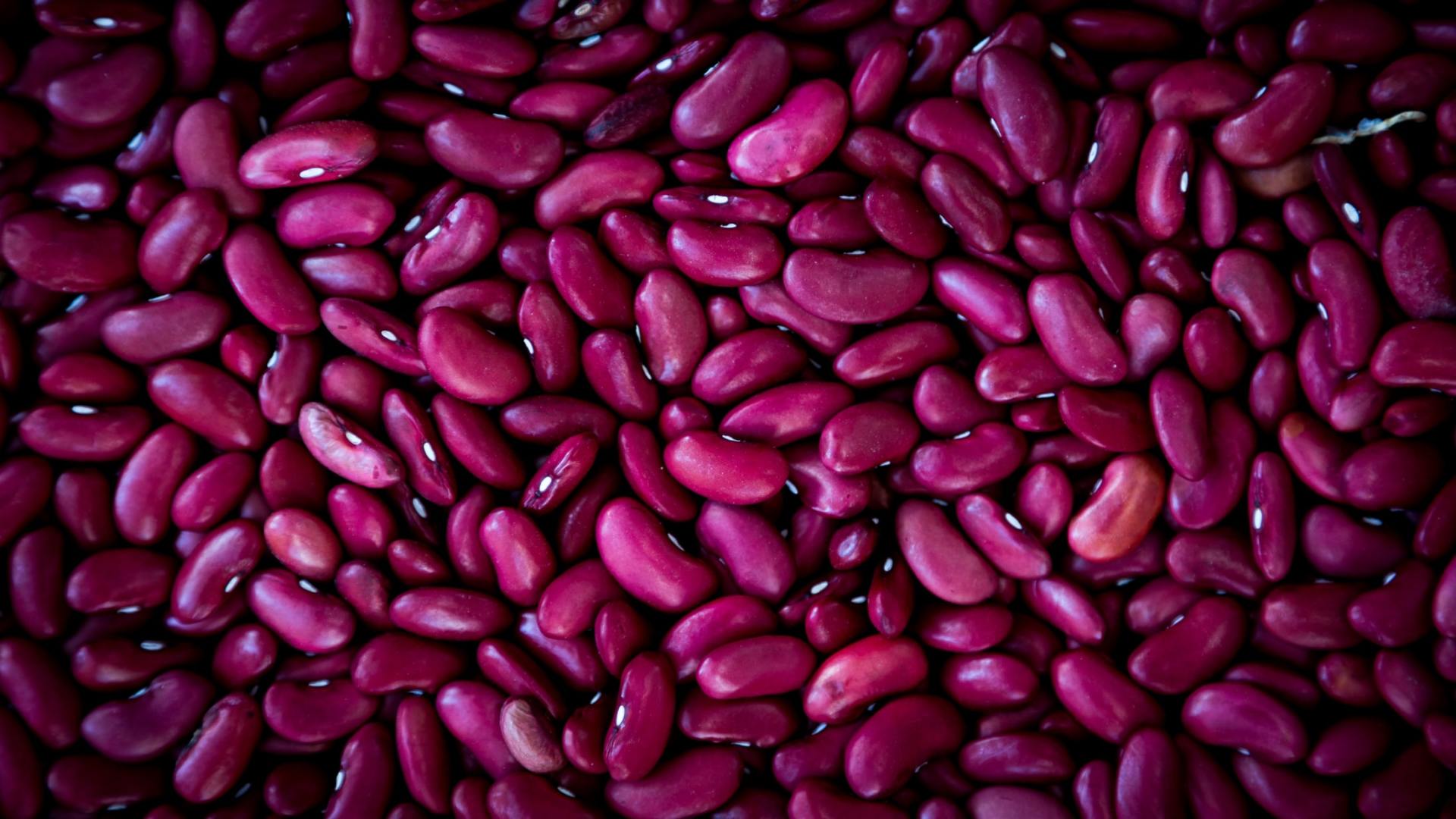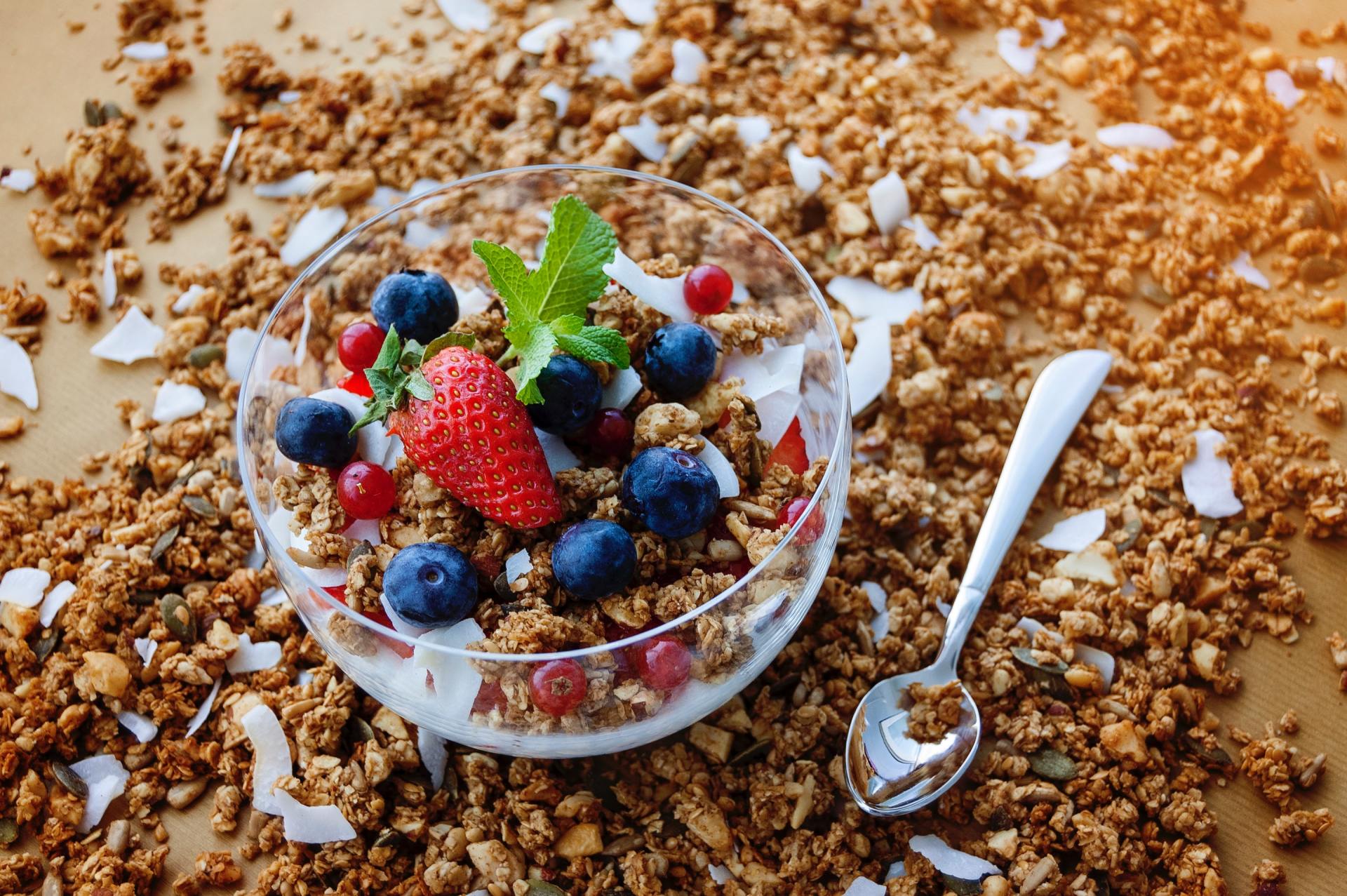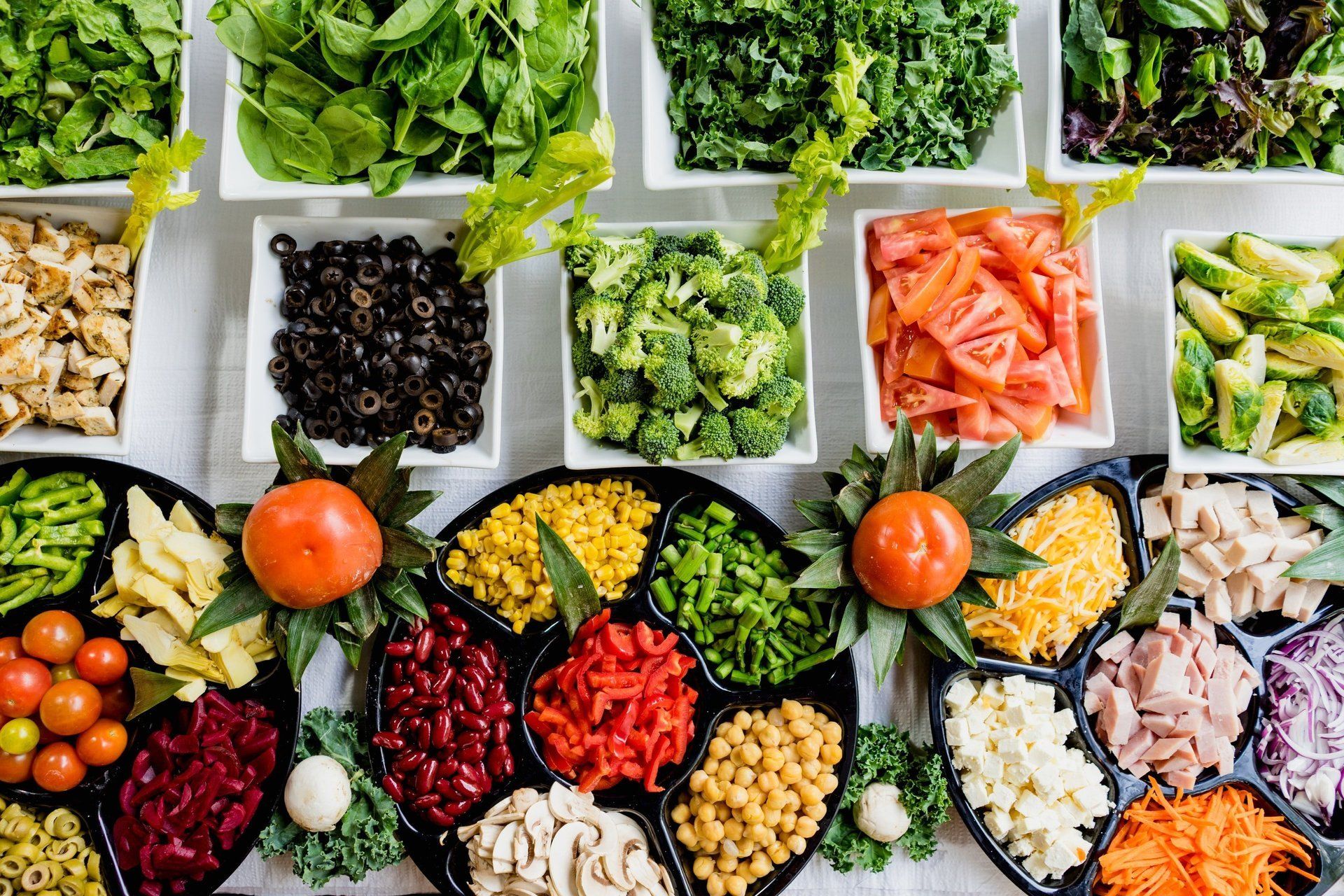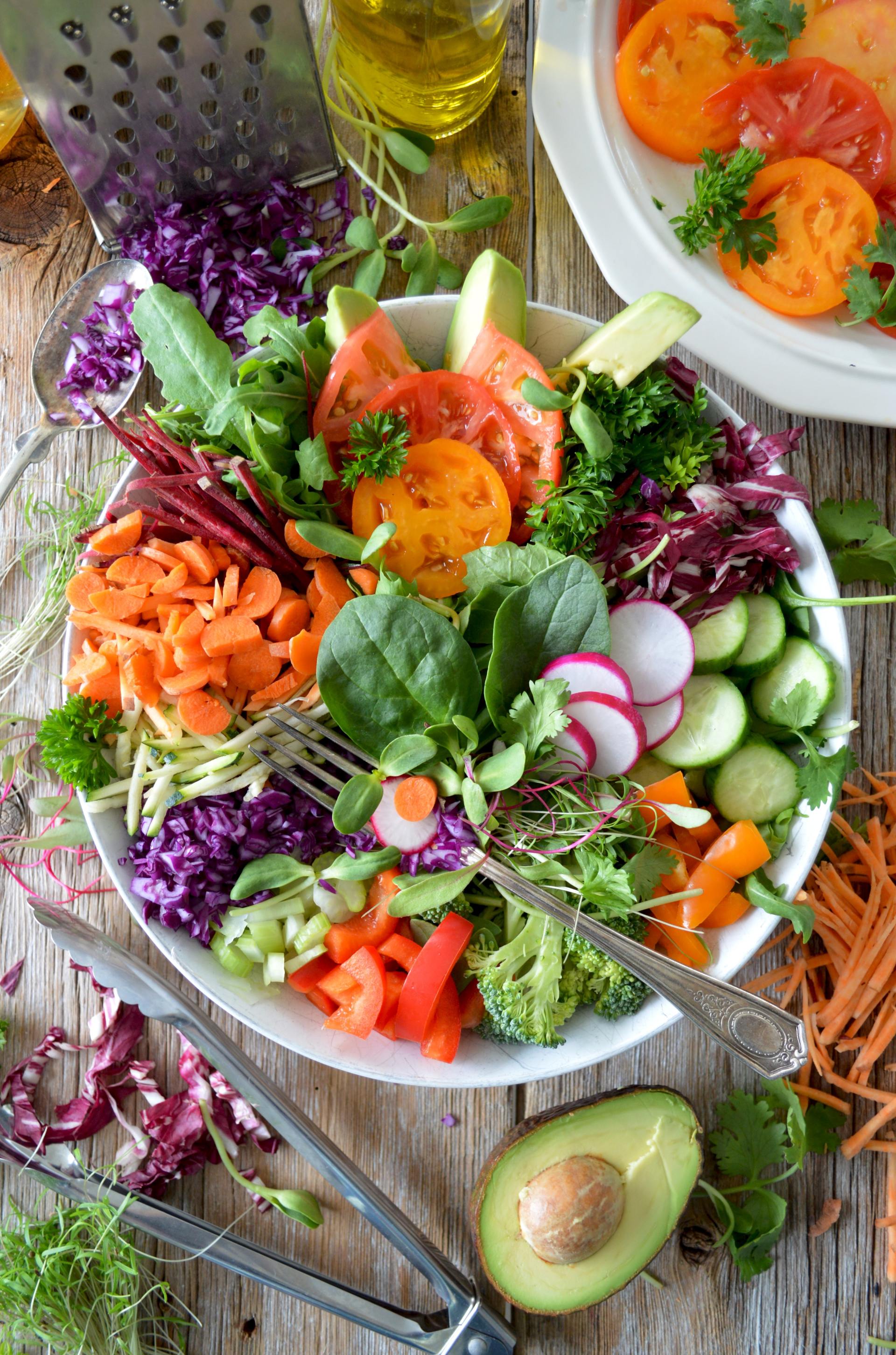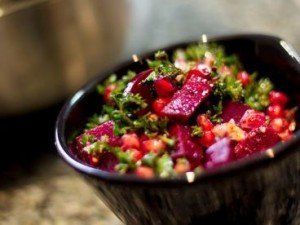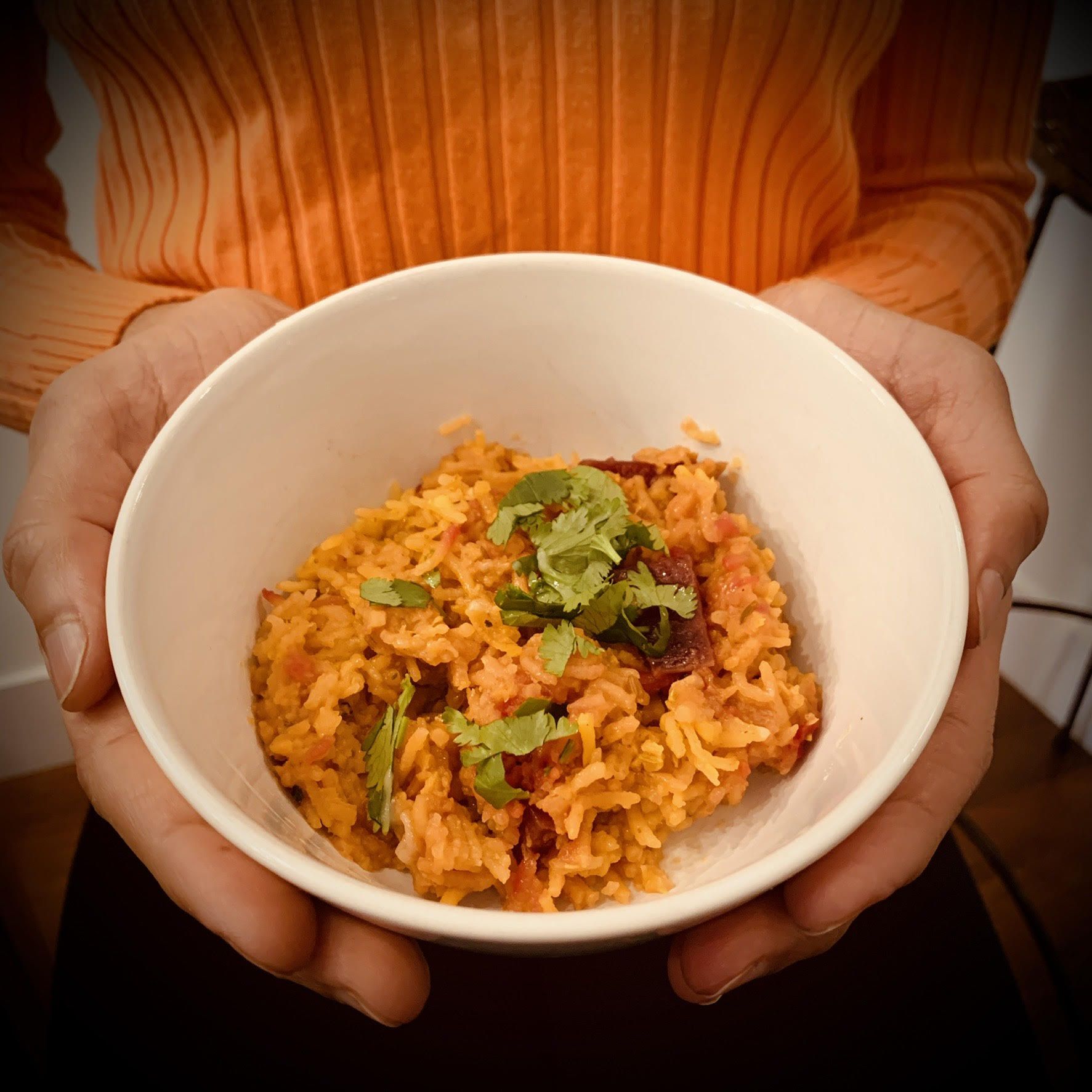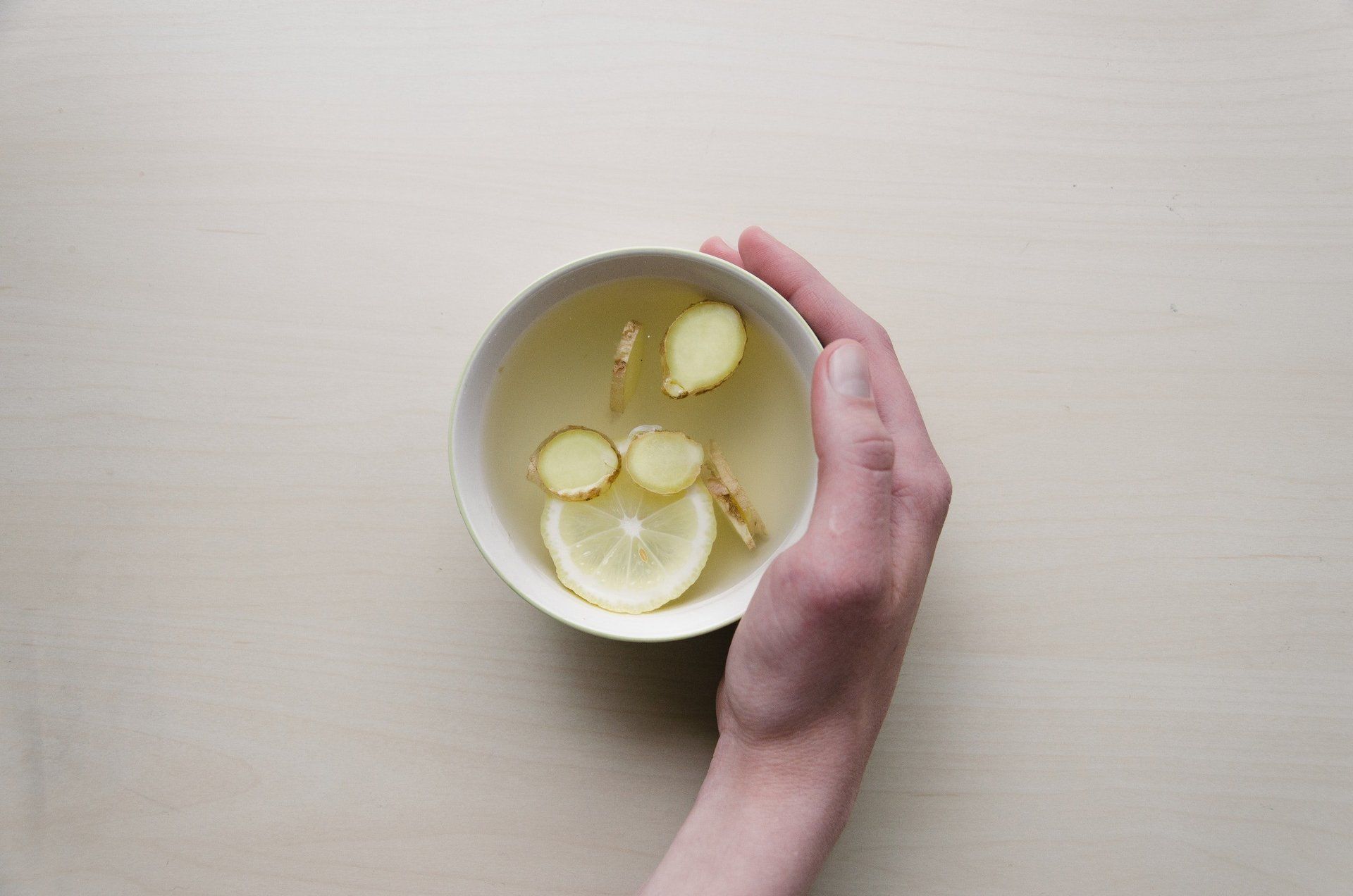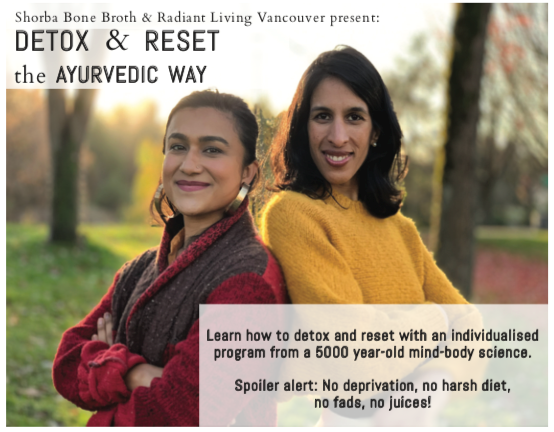Pomegranate Beet Power Salad
(With video)This powerful salad combines iron-rich beets with vitamin C-loaded Pomegranates, for food synergy that makes plant-based iron available, rich and powerful!
Download/Print Recipe Here
This salad features my favourite winter vegetable, beets! Beets are high in iron and strengthen the blood. Roasting them intensifies their sweetness, and more of the flavour and nutrients stay in the beet if you roast it rather than boiling them. After years of boiling beets, I showed this method to my Mom and she has never gone back, loving beets more than ever!
This salad features my favourite winter vegetable, beets! Beets are high in iron and strengthen the blood. Roasting them intensifies their sweetness, and more of the flavour and nutrients stay in the beet if you roast it rather than boiling them. After year of boiling beets, I showed this method to my Mom and she has never gone back, loving beets more than ever!
Ingredients
- 3-4 medium beets , washed, tops cut off.
Optional add-ins (choose one or a couple of the following):
- soft goat’s cheese
- orange segments
- grapefruit segments
- pomegranate seeds
- thinly sliced raw fennel bulb and chopped fennel fronds
- sunflower sprouts or pea shoots
- chopped herbs like parsley, cilantro, tarragon, chives or even thyme
Directions
Roast washed whole beets in 1 inch of water and about 1 Tbsp apple cider vinegar, balsamic vinegar, or 1/2 a lemon in a covered casserole dish.
Bake at 350F until beets are fork tender. ( about 90 mins, but depends on the beet!)
Cool slightly and peel by rubbing the skins off with your fingers or a towel (not your favourite white towel!)
Wedge or slice the beets
This salad goes as a side for almost anything, keeps for days in the fridge if adding sprouts or cheese, add them just before serving. Everything else an be added and marinate with the salad with the dressing.
Essential Salad Dressing
The liver loves the flavour sour. Lemon stimulates the liver and is alkalizing in the body.
Ingredients
1/4 cup fresh lemon juice
1/3 cup flax oil
2/3 cup extra virgin olive oil
1 tsp mustard
1 clove garlic, grated or minced (optional)
pinch chili flakes, cayenne or black pepper (optional)
pinch sea salt
Directions
Put all ingredients into a mason jar and shake it up (or blend it for a smooth dressing)
Put the lid on tightly and shake before using.
Keep in the fridge.
Make small amounts at a time and use quickly.
Use just enough dressing to cover the salad.

